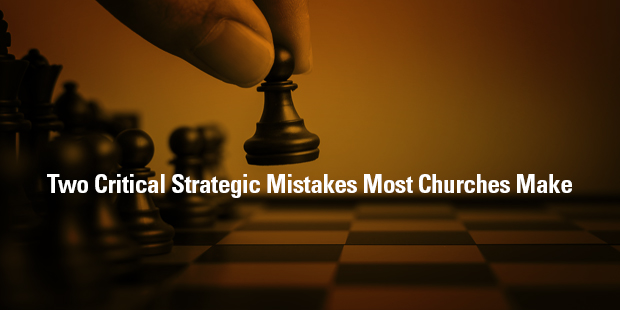We are ending our multisite approach because we practice what we preach when it comes to strategic church leadership. Namely, that methods must be ruthlessly evaluated in light of missional effectiveness. This not only means asking if they are still “working,” but how well they are working.

Pew Research Center has offered six “notable demographic trends” that are shaping the U.S. and the World in 2019.

We must cast the vision of that reality to those we lead. We must hold them, and ourselves, to the highest standards of commitment and excellence.

There’s a new, and important, word: “phygital.” It reflects the growing necessity for the seamless flow between the physical and the digital.

Let’s set aside getting the right people on the bus… how do you know when someone is in the right seat?

Our culture has shifted from the physical to the digital, and church growth based on the physical must be rethought in light of the digital.

One of the most important responsibilities of leadership is navigating the dynamics between strategy and tactics.

The problem with the American church today is simple: It’s turned inward toward the already convinced instead of outward toward those far from God and, as a result, does nothing of an informed nature in terms of strategy or tactics to reach those far from God.

How much would I have to hate someone to not share my faith?

The message and intent of the church is timeless and not to be changed, but the methods must be ruthlessly reevaluated.






















